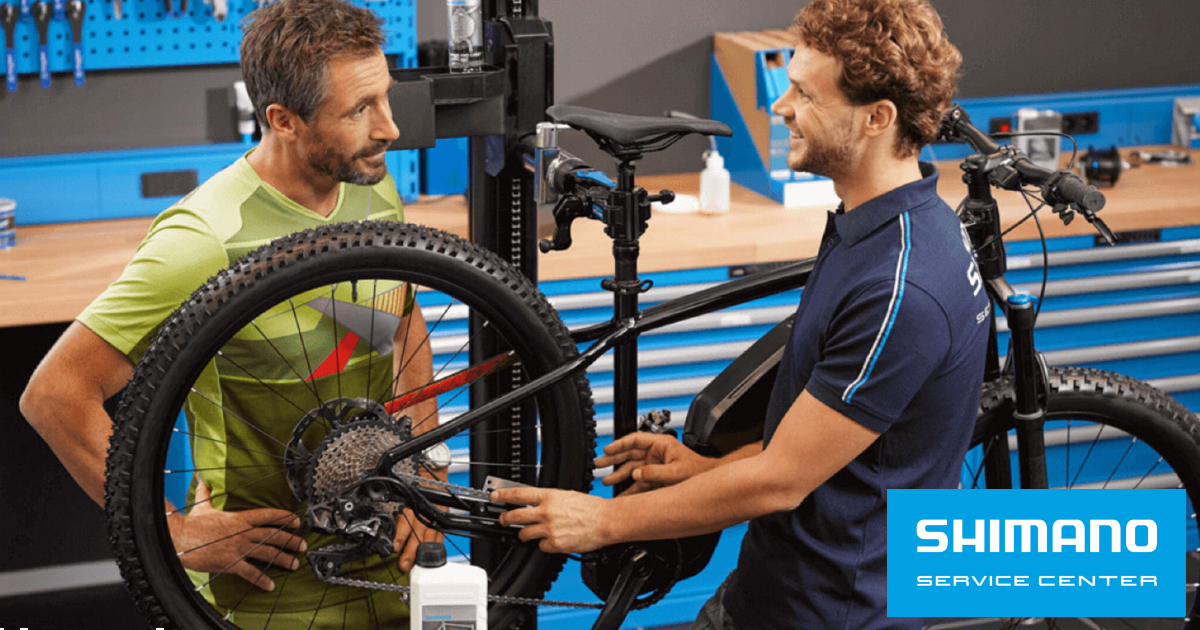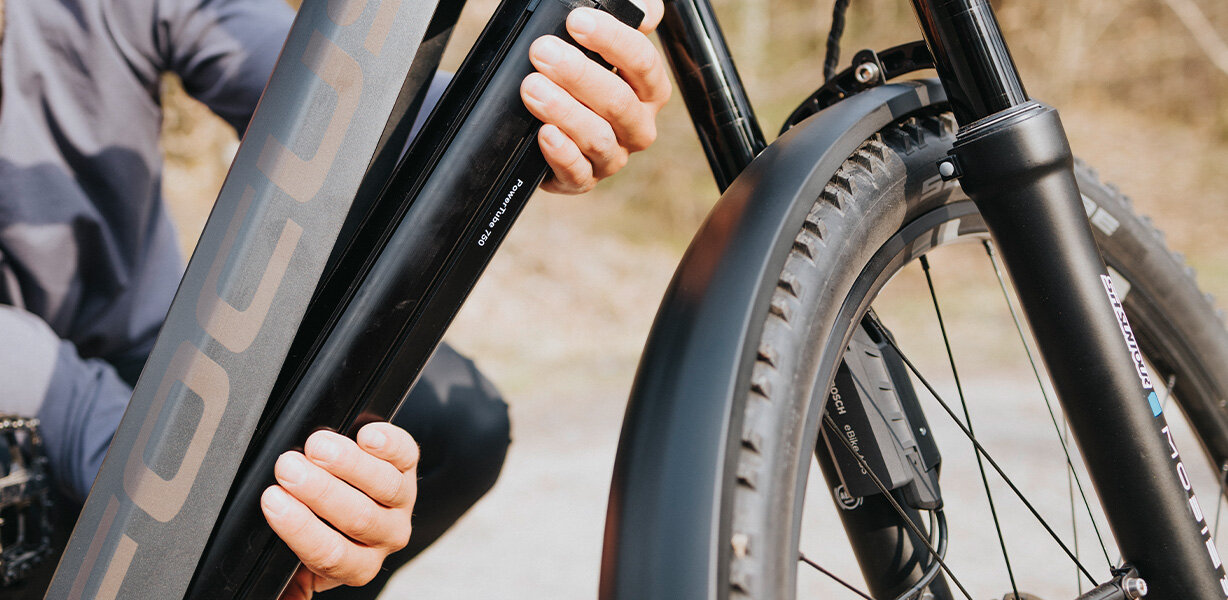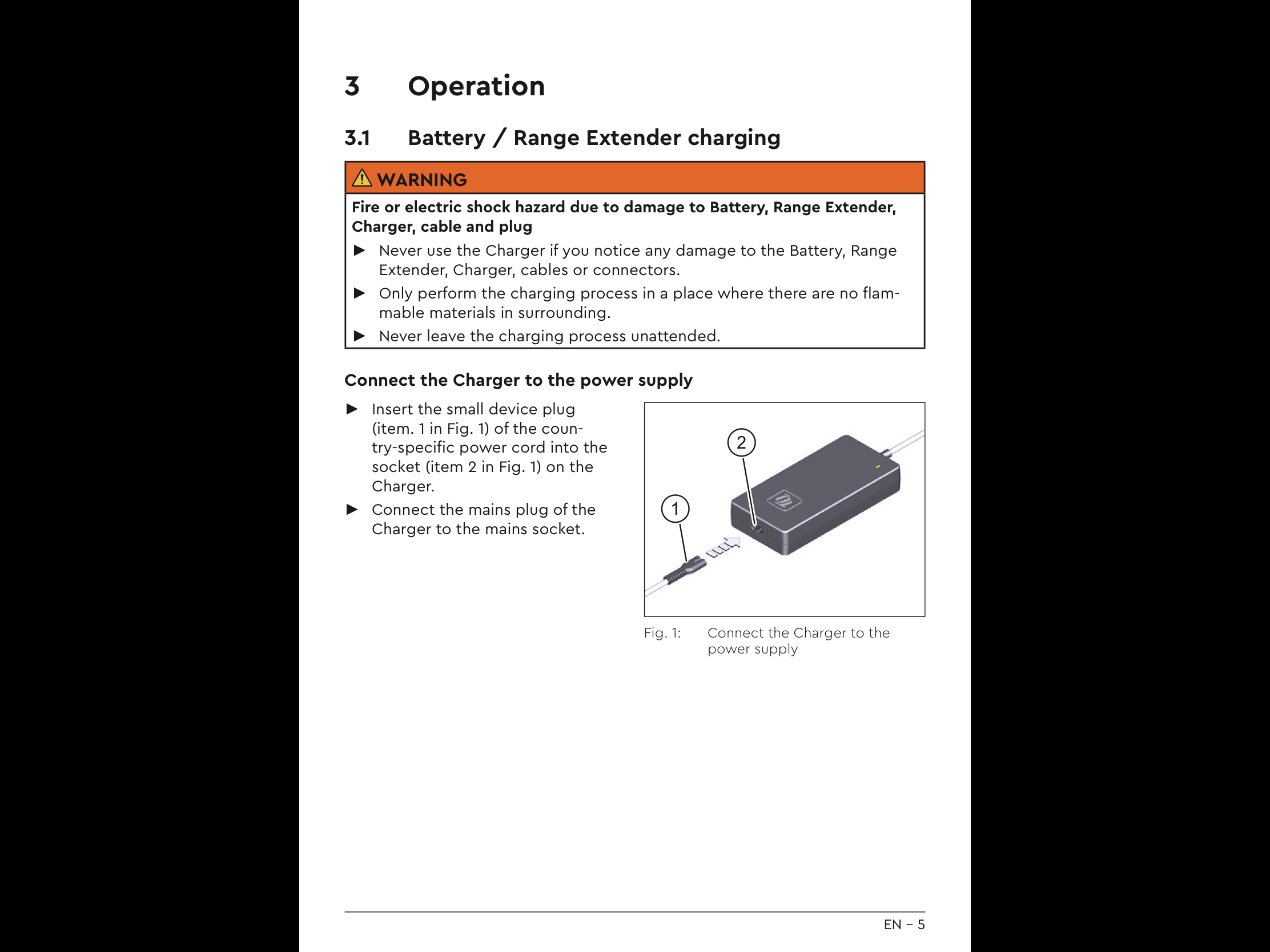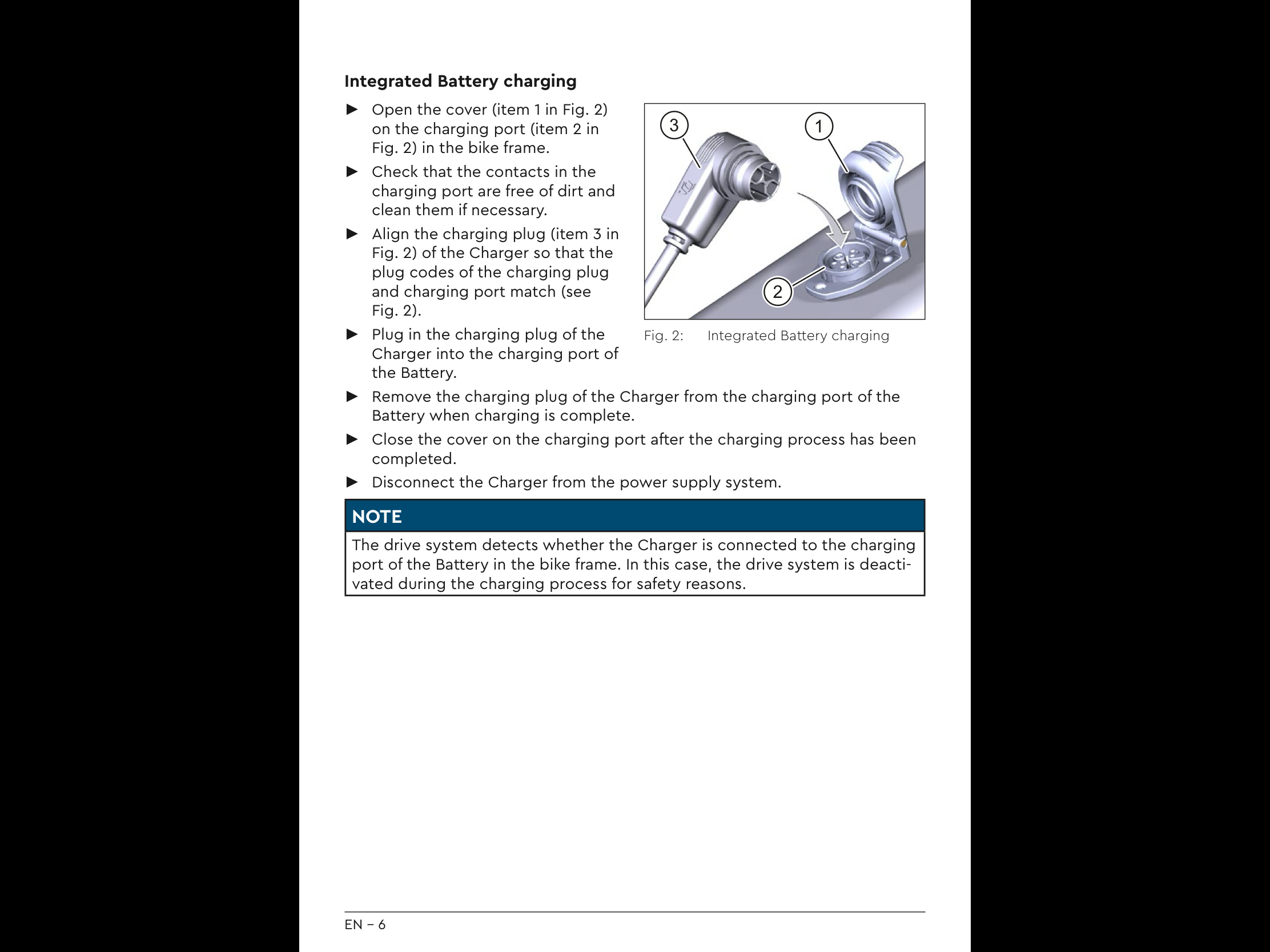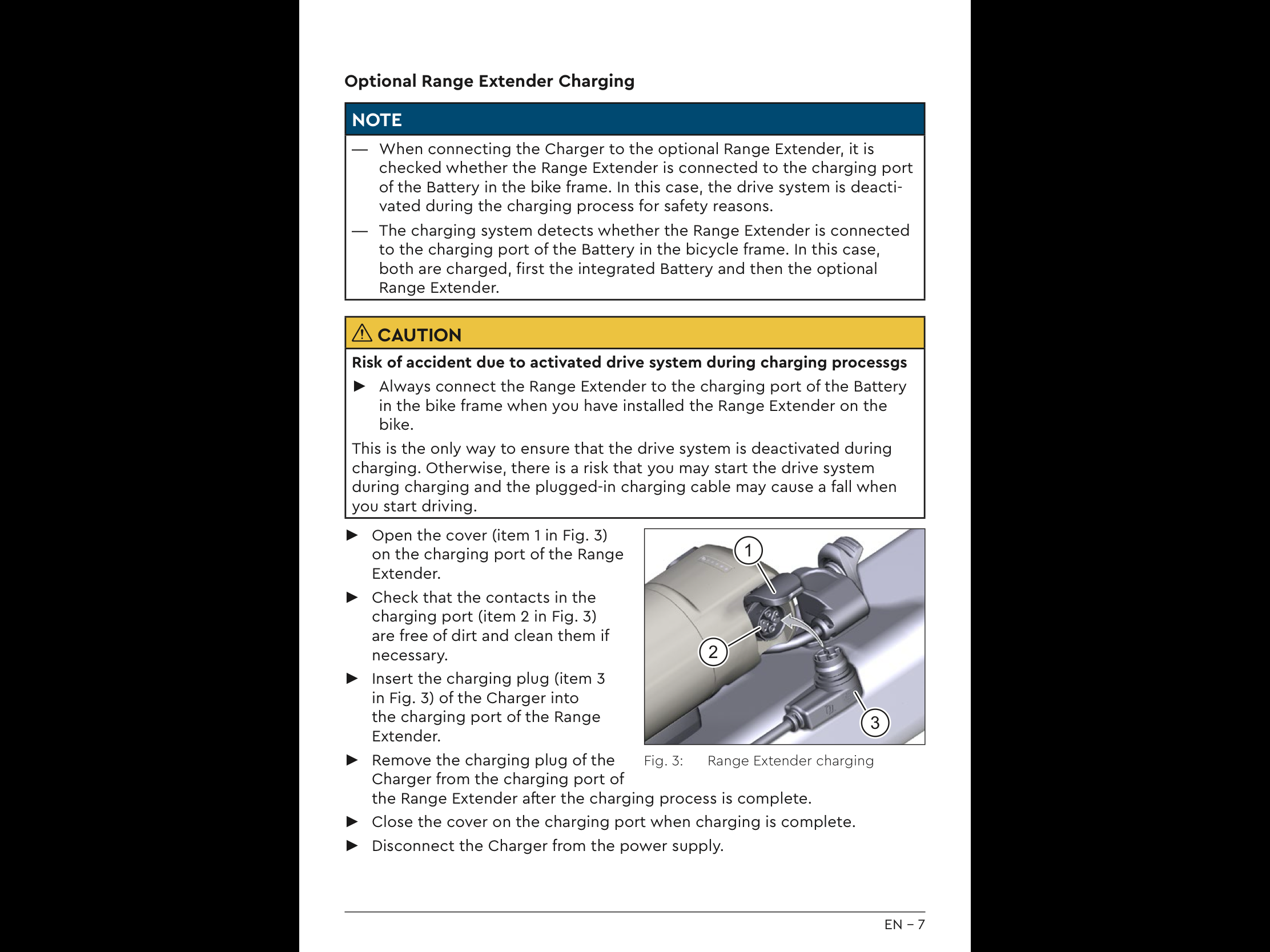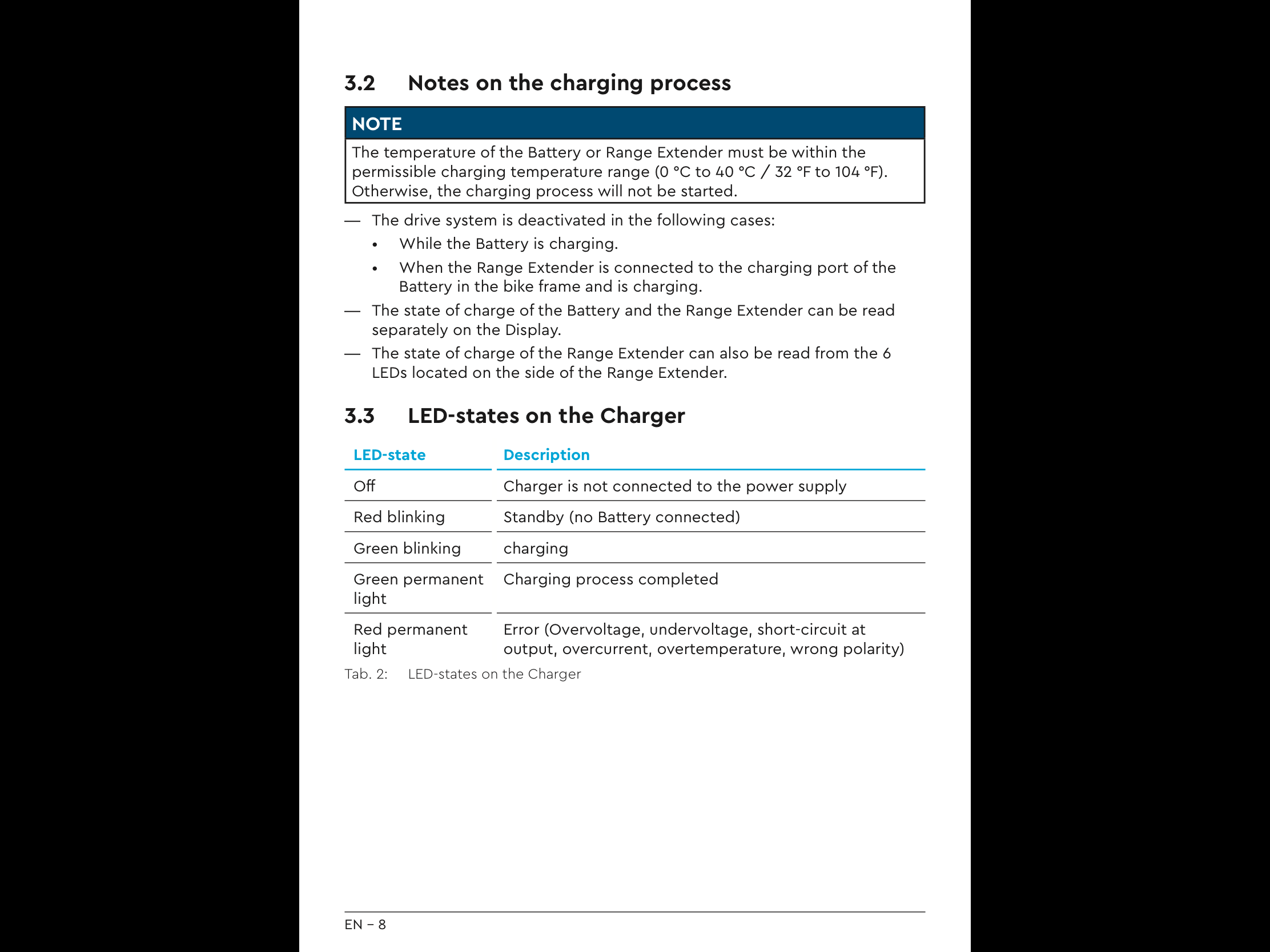Since the e-bike fire on the Toronto subway, I've been concerned about the safety of storing and charging my Bosch Trek Powerfly battery inside my apartment.
One of the causes of e-bike fires according to the Toronto Fire Department is "incorrect charging"; they say to follow "manufacturer instructions".
I always thought for some reason we are supposed to plug the charger into the wall socket first, and then the battery.
Now I am finding contradictory information: some manufacturers say to do the reverse (plug the charger into the battery first).
I checked my Bosch manuals for my charger and battery. Neither are clear about which to do first. However the illustrations in the manual for the charger shows the charger being plugged into the wall socket first; the illustrations in the manual for the battery show the opposite.
Is there a consensus in the interest of maximum safety as to whether the charger should first be plugged into the wall socket or first into the e-bike battery?
One of the causes of e-bike fires according to the Toronto Fire Department is "incorrect charging"; they say to follow "manufacturer instructions".
I always thought for some reason we are supposed to plug the charger into the wall socket first, and then the battery.
Now I am finding contradictory information: some manufacturers say to do the reverse (plug the charger into the battery first).
I checked my Bosch manuals for my charger and battery. Neither are clear about which to do first. However the illustrations in the manual for the charger shows the charger being plugged into the wall socket first; the illustrations in the manual for the battery show the opposite.
Is there a consensus in the interest of maximum safety as to whether the charger should first be plugged into the wall socket or first into the e-bike battery?
